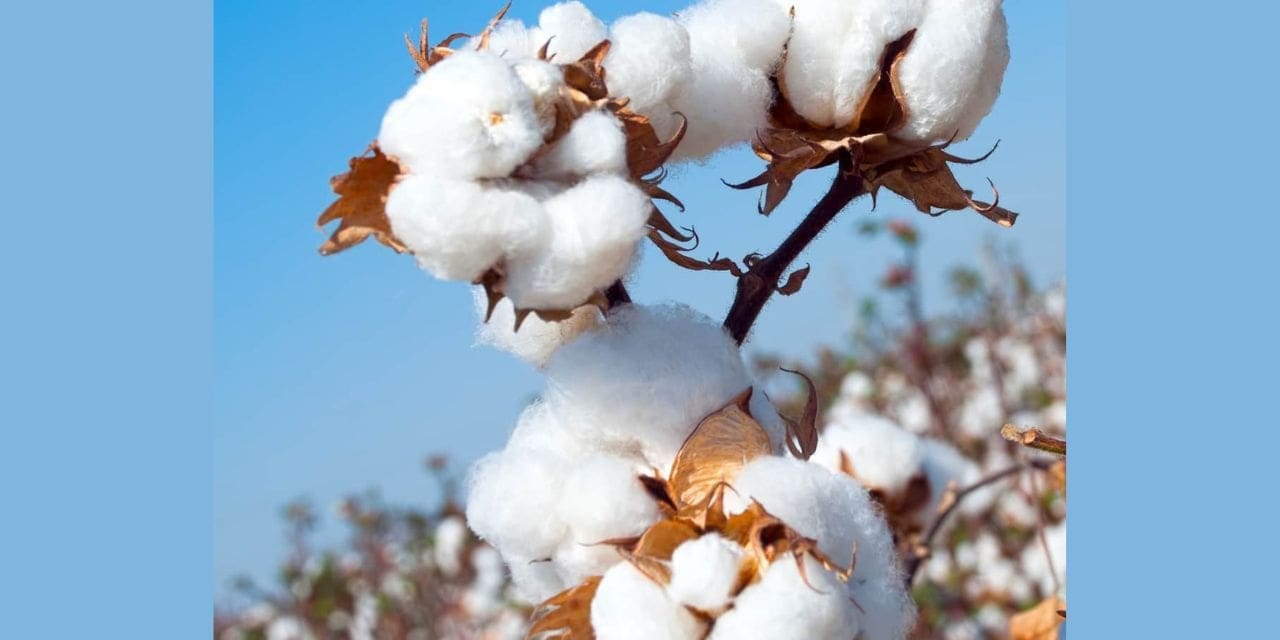Due to the imposition of import duties, the textile industry’s capacity utilisation has decreased by 50%, with domestic cotton prices dominating the global market by a significant margin.
Although raw cotton costs have dropped from their peak of 1.10 lakh per candy to a current level of around 60,000 per candy (of 356 a kg), they are still higher than they were prior to the Covid scandal.
Due to the 11% import charge the government imposed in February compared to rival nations, cotton is selling for more money in India.
Atul S. Ganatra, President of the Cotton Association of India, said that the import duty on cotton has reduced the competitiveness of value-added products in global markets and that the textile sector is now only able to operate at 50% of its installed capacity.
He urged the government to eliminate the import duty, calling it a backward measure that is at odds with the nation’s free trade policies and sends the incorrect message to the global cotton community.
Despite an enviable rise of the Indian cotton sector over the years, which has carved out a space for itself in the global cotton economy, cotton productivity in India continues to be among the lowest in the world.
India produces only 468 kg of cotton per hectare compared to the global average of 744 kg. In terms of cotton productivity, India trails behind smaller nations like Bangladesh, Syria, and Sudan.
According to him, the Government has received repeated requests from all parties involved, including the Cotton Association of India, to resurrect the Technology Mission on Cotton.
The introduction of GM cotton technology in India gave cotton productivity the much-needed boost, bringing it from 307 kg per hectare in 2001–2002 to 566 kg per hectare in 2013–14. After the introduction of GM technology in India five years ago, the yield nearly doubled, he claimed.
He advised that promoting High Density Planting, farm mechanisation, and advancing research-driven agronomy are some additional crucial strategies to boost our cotton yield.
The country’s production of extra-long staple (ELS) cotton is much below the level of demand. About 20 lakh bales of ELS cotton are needed in India to supply the home market. However, only around 5 lakh bales are produced domestically; the remainder is imported from Egypt, the US, and Australia.
“We have advised the Government to identify areas ideal for growing ELS cotton, give high-quality cottonseed and policy assistance with increased MSP,” he said.

